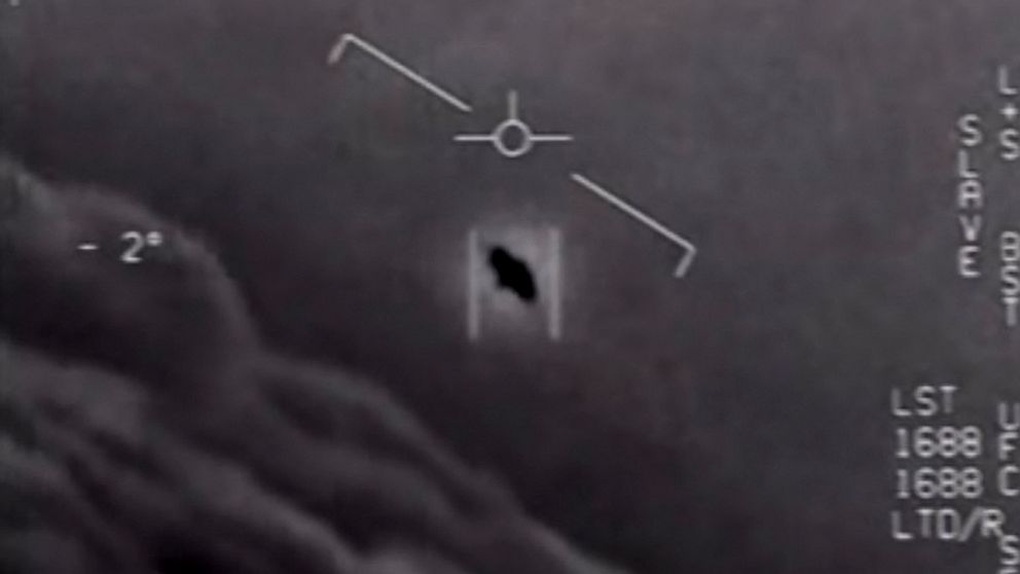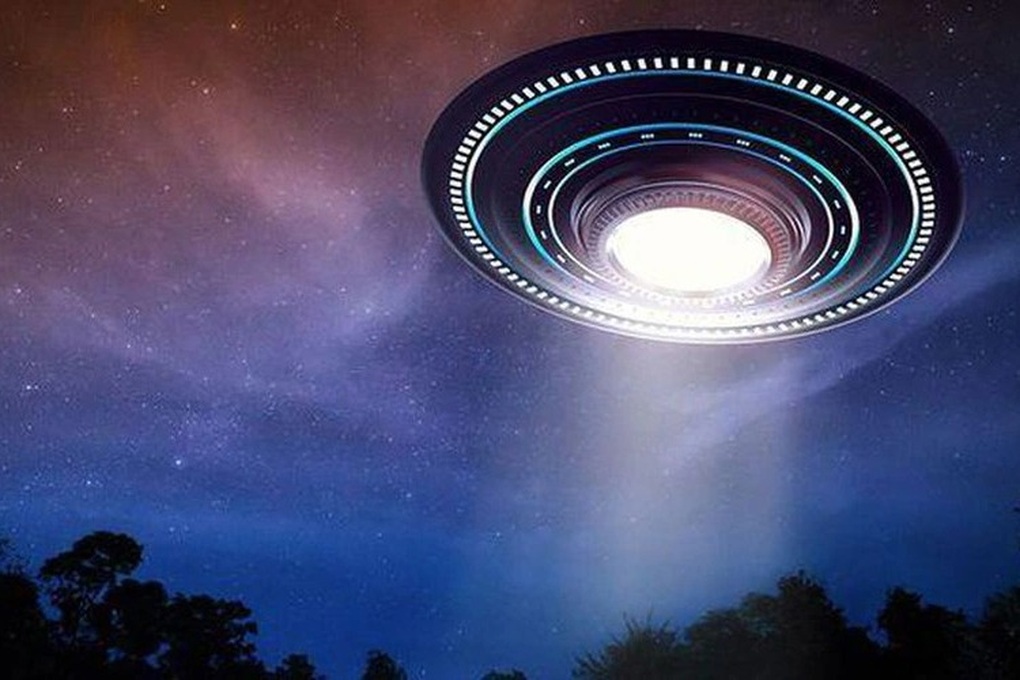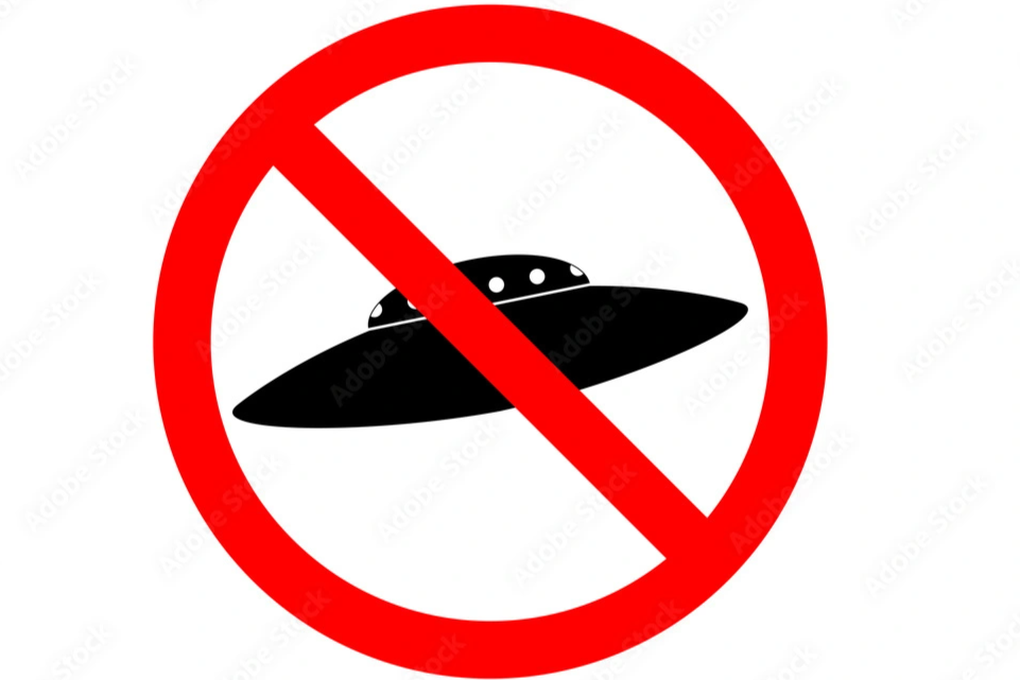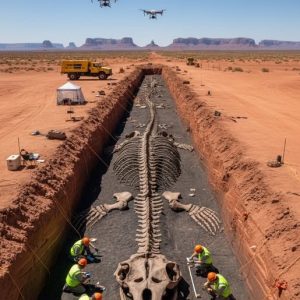Today, September 15, NASA’s UFO research team released its first long-awaited report.

The research was conducted by an independent team of 16 scientists, data and artificial intelligence experts, and aviation safety experts.
“This is the first time NASA has taken a specific action to take a serious look at UAPs,” NASA Administrator Bill Nelson said at a press conference at NASA headquarters in Washington DC, USA.
Contrary to expectations that an unusual event might be announced, NASA quickly quashed alien conspiracy theories, affirming that their experts found no signs of extraterrestrial origin in the reported sightings.
“NASA’s independent research team has found no evidence that UAPs are of extraterrestrial origin,” said NASA’s administrator. “But it’s clear that we don’t know what these UAPs are. And NASA’s mission is to find out.”
The search effort lasted decades.

NASA’s decision to prioritize UAP research comes as the government becomes increasingly concerned about the growing number of people seeing unexplained objects in the skies, on the ground, and in the oceans.
According to a 2022 National Intelligence Service report, a total of 247 UAPs have been reported since 2021, up from 263 between 2004 and 2021.
The report found that the majority of new UAP sightings came from US Navy and Air Force personnel on duty.
Most notable was the encounter in 2004, when naval pilots spotted a white, oblong object emerging from the ocean and speeding across the water.
The object, dubbed the Tic Tac, was said to be “far superior to any technology or device at the time, today or that will be developed in the next 10 years”.
In 2014, another unusual incident occurred in military airspace off the east coast of the United States. Video recorded by the US Navy showed a flying object that they believed was not part of any drone program.
The strange thing is that the UFO accelerates to hypersonic speeds, stops suddenly and changes direction instantly, something that human-controlled flying devices cannot do.

Many experts at the time believed that the US government had covered up, despite being aware of, “non-human” activities since the 1930s.
It wasn’t until 2022 that NASA stepped up its search for answers by commissioning a panel of independent experts to collect and analyze data on UFOs, or UAPs.
NASA has now appointed a director of UAP research to oversee development and oversight in this area, a position held by Mark McInerney, who has served as NASA’s liaison to the Department of Defense on UAP issues for many years.
According to the head of NASA, they will use their expertise to work with other agencies to analyze UAPs and apply artificial intelligence (AI) and machine learning technologies to search for abnormalities in the sky.
Will there be any confirmation from NASA?

Despite recent efforts, the NASA Administrator did not forget to emphasize that the lack of data surrounding this topic may prevent them from drawing clear conclusions soon.
“Most UAP sightings come from very limited data. That makes it even more difficult to draw scientific conclusions about the nature of UAPs,” Nelson said at the meeting.
Nicola Fox, Deputy Director of the Science Mission Directorate, supports this view, saying that while there are numerous eyewitness accounts and images of UAPs, they are inconsistent, poorly detailed and often come with low-resolution imagery.
By approaching this topic with scientific scrutiny, NASA will aim to dispel, or even eliminate, what it considers to be erroneous notions regarding UFO research, which have long been considered unscientific.
“Long-term public trust in NASA is essential to communicating new scientific findings about UAPs, as well as eliminating stigma and misinformation surrounding the topic,” the NASA report said.










